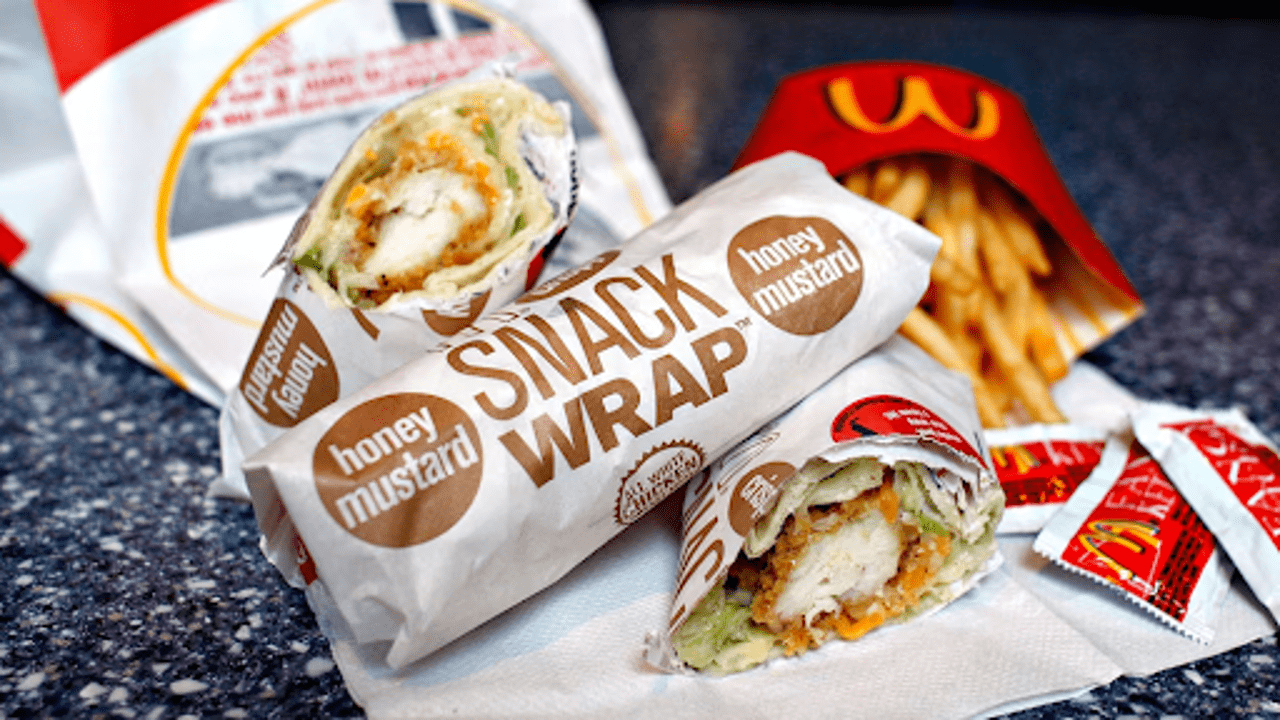
Photo credit: Getty Images
The FDA is taking steps toward banning Red No. 3, a synthetic food coloring that has been under scrutiny for its potential health risks. The move comes after growing concerns about the dye’s safety, particularly for children, as well as its links to cancer and hyperactivity.
Red No. 3, which is made from petroleum, is widely used in various food products, such as candies, beverages, and other processed foods. Its vibrant, neon-red color makes it a popular choice for manufacturers, especially in the confectionery industry. "The vibrant colors are important to our industry," said Christopher Gindlesperger, a representative of the National Confectioners Association, in 2023. Despite its widespread use, Red No. 3 has faced increasing criticism due to its potential harm to health.
The dye has already been banned in cosmetics since the early '90s, when lab tests showed that it caused cancer in mice. A 2007 study further linked Red No. 3 to hyperactivity in children, which raised even more alarm. "The evidence now shows pretty conclusively that when some kids eat these, they will experience nervous system effects that look like ADHD," explained Thomas Galligan, a scientist focused on food additives. He emphasized that there are 27 human clinical trials that show these dyes harm children’s behavior.
A petition is currently before the FDA to revoke the authorization for Red No. 3, with FDA deputy commissioner Jim Jones stating that the agency is likely to act on it in the coming weeks. Jones shared these details with the Senate Health, Education, Labor, and Pensions Committee, highlighting the need to reevaluate the safety of this commonly used food dye.
California has already passed a bill that will ban Red No. 3, along with other harmful food dyes, by 2027. This follows the lead of Europe, where such dyes have long been banned. "We know they are harmful and that children are likely being exposed at a much higher rate than adults," said Susan Little, a senior advocate at the Environmental Working Group. "It makes no sense that the same products food manufacturers sell in California are sold in the EU but without these toxic chemicals." The California bill underscores growing concern over the health risks posed by synthetic dyes and the need to protect children.
Red No. 3's potential ban has strong support from lawmakers, including Congressman Frank Pallone Jr. from New Jersey, who has called for its removal from food products. "There is simply no reason for this chemical to be in our food except to entice and mislead consumers by changing the color of their food so it looks more appealing," Pallone said. He expressed concern about the presence of this chemical in holiday treats and other popular foods, especially since it can remain hidden in many products on the market due to the FDA's current regulations.
Despite growing calls for a ban, the food industry, particularly those involved in the maraschino cherry business, has historically pushed back against such measures. In the 1980s, the maraschino cherry industry lobbied to keep Red No. 3 available, and the FDA continues to maintain that these dyes are safe when used according to their regulations.
However, many experts, like Galligan, argue that these food dyes primarily serve a marketing purpose—to make food more visually appealing. "These food dyes only serve one function in food, to make them look pretty, so you and I want to buy it," Galligan said, emphasizing that the main purpose of these artificial colors is to entice consumers, not enhance the nutritional value of food.















